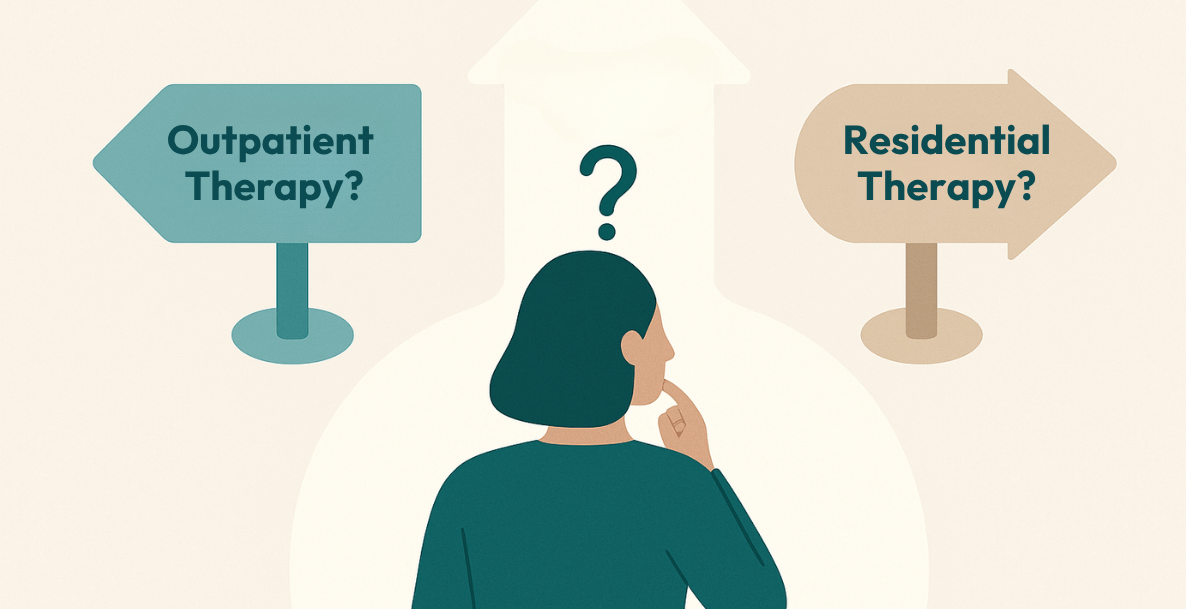Reclaiming Emotional Vitality: Understanding and Overcoming Functional Freeze and Emotions After Trauma
By Benjamin Fry, Managing Director and Registered Psychotherapist
(Expert in Trauma Recovery and Mental Health, Published Author, Founder of Khiron Clinics)
Introduction: The Hidden Impact of Functional Freeze
Functional freeze is a survival response where individuals become emotionally and physically numb due to overwhelming stress, chronic exhaustion, or unresolved trauma. While externally they may appear functional—meeting responsibilities, maintaining relationships, and continuing daily tasks—internally, they remain in a state of distress, disconnected from their emotions and bodily sensations. This condition is deeply rooted in the nervous system’s response to prolonged stress.
Fortunately, with the right interventions, individuals can transition out of functional freeze, restoring emotional connection and vitality. This article, written by trauma recovery expert Benjamin Fry, explores the causes, symptoms, and healing pathways for functional freeze based on scientific research and therapeutic insights.

Download the Brochure
Discover Our Innovative Trauma Recovery Pathway
What is Functional Freeze?
Functional freeze is a persistent state in which individuals remain outwardly capable while internally experiencing the physiological shutdown associated with extreme stress. This response is linked to the autonomic nervous system (ANS), specifically the dorsal vagal complex, which can induce a state of detachment when faced with inescapable threats.
The autonomic nervous system consists of three main branches:
- Sympathetic Nervous System (SNS): Activates fight-or-flight responses.
- Parasympathetic Nervous System (PNS): Supports rest and recovery.
- Dorsal Vagal Complex (DVC): Induces a freeze response when overwhelmed.
When stress levels exceed the body’s capacity to cope, the dorsal vagal complex triggers a shutdown mode, leading to symptoms such as numbness, disconnection, and emotional detachment. While this response is protective in the short term, remaining in this state can disrupt daily life, relationships, and personal growth.
The Science Behind Functional Freeze
According to Dr. Stephen Porges, the developer of Polyvagal Theory, the nervous system continuously scans for safety and danger through a process called neuroception. If it detects overwhelming threat without the possibility of fight or flight, the body enters a freeze state.
Key Symptoms of Functional Freeze:
- Emotional numbness and detachment from surroundings
- Feeling “stuck” in life, unable to make decisions or take action
- Chronic exhaustion despite adequate rest
- Social withdrawal or difficulty forming meaningful connections
- Persistent sense of anxiety or hypervigilance
For many, functional freeze becomes the “default setting” in response to stress, making it difficult to recognize and address the underlying issues.


Breaking Free: How to Shift Out of Functional Freeze
Healing from functional freeze requires nervous system regulation and trauma-informed interventions. The goal is to gradually restore safety, reconnection, and emotional flexibility through holistic techniques.
1. Grounding Exercises
Bringing awareness to the present moment helps break patterns of dissociation. Techniques include:
- Deep breathing exercises (e.g., box breathing, vagal breathing)
- Engaging with the senses (touch, sound, sight)
- Progressive muscle relaxation
2. Gentle Movement and Exercise
Physical activity supports nervous system regulation by activating the body’s natural energy flow. Activities such as yoga, tai chi, or walking can help restore a sense of control and embodiment.
3. Mindfulness and Somatic Therapy
Somatic experiencing (Dr. Peter Levine) and mindfulness practices help individuals reconnect with their bodies and safely release stored trauma. This approach is particularly useful for individuals stuck in freeze mode.
4. Self-Regulation Techniques
Practicing techniques that stimulate the vagus nerve can shift the body out of a freeze response:
- Conscious deep breathing (activates the parasympathetic nervous system)
- The Valsalva maneuver (exhaling against a closed airway to regulate blood pressure)
- Humming or singing (stimulates the vagus nerve, promoting relaxation)
5. Therapeutic Support and Trauma-Informed Care
Seeking professional support from trauma-informed therapists can be crucial in overcoming functional freeze. At Khiron Clinics, our experts employ:
- Neuroscience-based interventions (Polyvagal Theory, EMDR)
- Trauma-informed therapy (Somatic Experiencing, Internal Family Systems)
- Personalized care plans that address individual needs
Explore Our Treatment Options
Find Out What Makes Us Different
The staff at our globally recognised mental health clinic have been informed, trained and supervised by some of the world’s leading trauma experts such as Dr Bessel van der Kolk, Dr Janina Fisher, Dr Stephen Porges, Dr Dick Schwartz and more.
It’s important to acknowledge that functional freeze is not a personal failure but an adaptive response to past experiences. Recognizing the need for self-care, patience, and gradual progress fosters a compassionate approach to healing.
“The journey out of functional freeze is not about forcing yourself to ‘snap out of it’—it’s about creating safety, reconnecting with your inner world, and gently guiding your nervous system back to balance.”
—Benjamin Fry
Expert Insights and Further Reading
Benjamin Fry, a leading expert in trauma recovery, has dedicated his career to understanding and treating conditions like functional freeze. As a registered psychotherapist and Managing Director of Khiron Clinics, his work integrates clinical expertise with compassionate care.
For more insights, visit Benjamin Fry’s website or explore Khiron Clinics’ trauma-informed services.
Download Our Brochure
Find out how Khiron Clinics can help you or your loved ones recover from trauma, reconnect with life, and regain emotional well-being.
Download Now
By prioritizing nervous system regulation, self-awareness, and professional support, individuals can successfully transition out of functional freeze and reclaim a sense of connection, presence, and resilience.
Functional Freeze FAQs
Functional freeze refers to a state where individuals continue to perform daily tasks and appear outwardly functional, yet internally experience numbness to emotions, sensations, and needs. This condition often arises from chronic stress, trauma, or emotional exhaustion, leading to a disconnection from oneself and a default ‘shutdown’ response when stress levels become overwhelming.
Functional freeze typically occurs when an individual has been subjected to prolonged stress or trauma, resulting in the nervous system becoming overloaded. This overload can trigger a freeze response, a survival mechanism where the body enters a state of immobility or shutdown to protect itself from perceived threats.
While individuals in a functional freeze state may appear capable and continue fulfilling obligations, they often do so without genuine engagement or emotional presence. This state can lead to difficulties in forming meaningful connections, reduced emotional responsiveness, and a pervasive sense of merely ‘going through the motions’ in life.
Yes, if the freeze response persists beyond the immediate threat and becomes a habitual reaction to stress, it can evolve into a chronic condition. This prolonged state can impact mental health and daily functioning, leading to feelings of being trapped and an inability to progress through challenges.
The autonomic nervous system (ANS) regulates involuntary bodily functions and comprises three branches: the sympathetic nervous system (SNS), the parasympathetic nervous system (PNS), and the enteric nervous system (ENS). The freeze response is associated with the dorsal vagal complex, a component of the PNS, which, when activated, leads to a state of shutdown or immobility as a protective mechanism against extreme stress or threat.
Signs can include ongoing low-level anxiety, a desire to isolate and disconnect from people, trouble taking care of oneself, procrastination, and difficulty starting or completing tasks. Individuals may feel a sense of fear or dread without a clear source, avoid social interactions, and struggle with motivation for daily activities.





